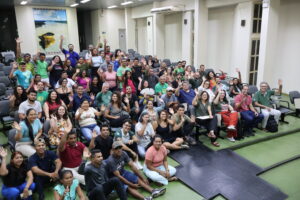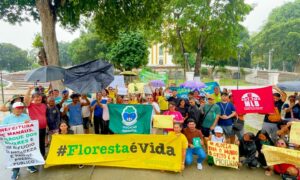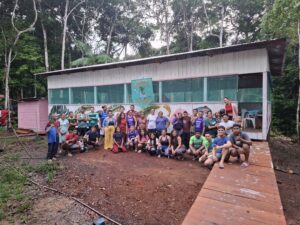By Glaucia Del-Rio
The bird collection at the Louisiana State University Museum of Natural Science (LSU) is one of the most important in the world when it comes to birds from the Neotropical region (South America and Central America). Knowing this, around 2014, I made every possible effort to become a doctoral student at the famous institution. I did it, and since then I have learned a lot and grown as an ornithologist (biologist specialized in birds). I couldn’t be more grateful. However, I also couldn’t help noticing some patterns that make me uncomfortable.
On the walls of the bird collection are pictures of all former LSU ornithology students, 85% of whom are men. Many of them are great ornithologists, curators of the best museums in the world, people I am inspired by… but, in fact, I would like to see more women represented on those walls. I know many women in love with birds and cutting-edge scientists, and then I began to reflect: why are there no more women in the “hall of fame” of Neotropical ornithology? And most importantly, what could I do to bring a little more gender balance to ornithology? And an idea came up… a women’s-only expedition.
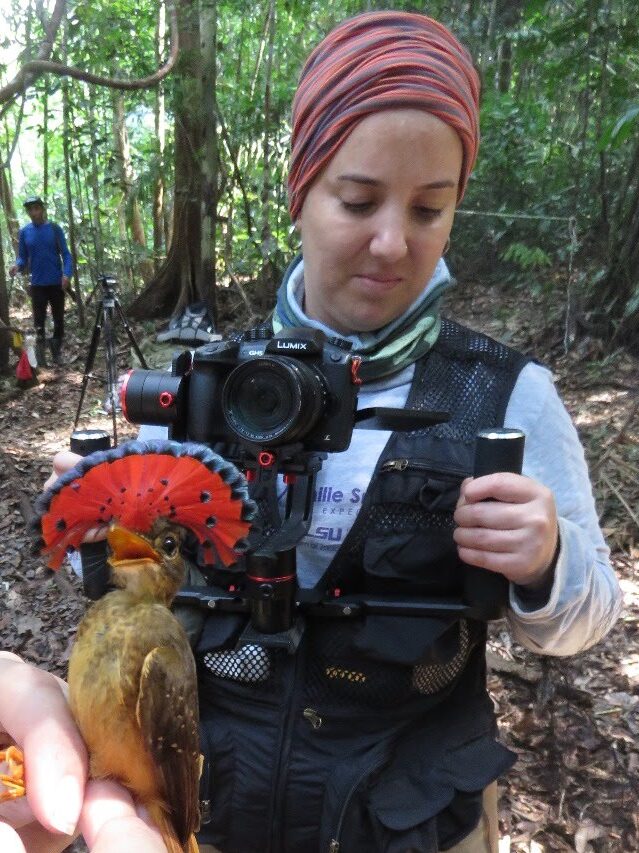
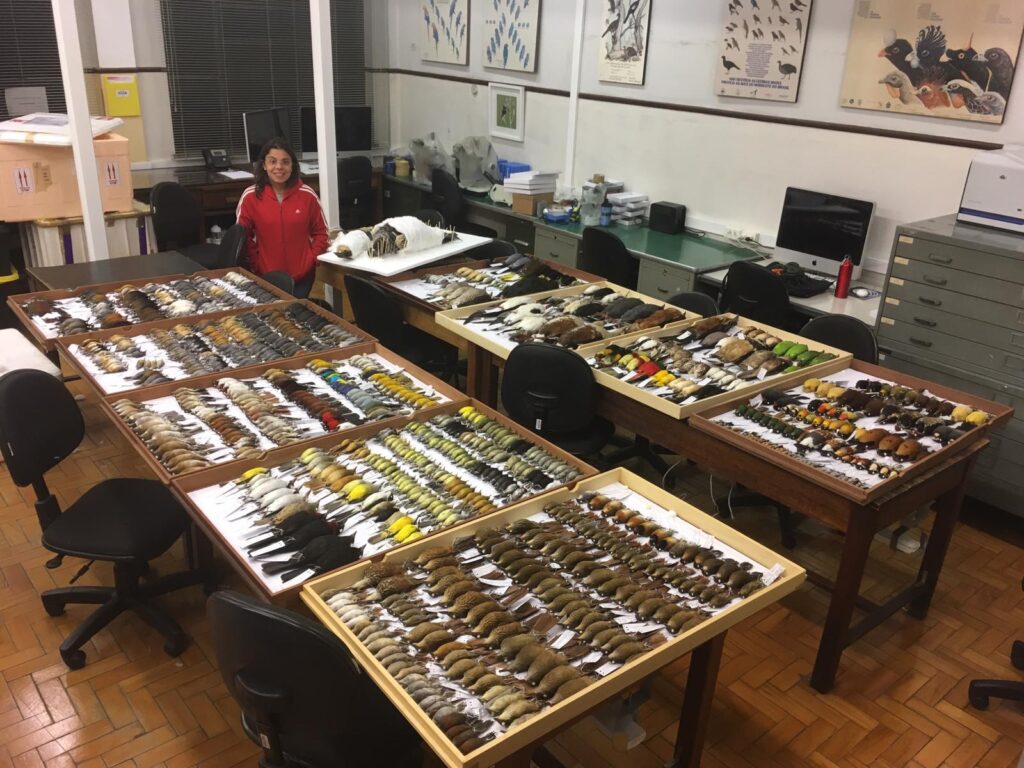
Until then, I had never participated or heard of an expedition made only by women ornithologists. But what is an expedition? An expedition is a long journey, usually to a place of difficult access, little studied by science, where the main objective is to describe and catalog the local fauna and/or flora. These trips usually require a lot of effort and physical commitment. A team of specialists working 16 hours a day, camping, without access to electricity, bathroom, running water, and clearing forests in remote locations. Our expedition would be a tribute to a woman whose life was devoted to scientific expeditions alone, on foot, and in skirts, 120 years ago, Dr. Emilie Snethlage.
Snethlage was a German ornithologist who came to work in Brazil to meet the birds of the Brazilian Amazon. She described more than 40 taxa of birds and was the first female director of a scientific institution in Latin America, the Museu Paraense Emílio Goeldi, in Belém. Of all the great Amazon rivers, the only one that Snethlage did not know was the Juruá River. Located in the west of the Amazon, the Juruá River rises in Peru, crosses Acre and enters the State of Amazonas until it finds the Solimões River. There were few publications reporting the birds of the Juruá River, so our destination was defined, we would go to the Middle Juruá.
In August 2019, a team of eight biologists and a documentary filmmaker met at the starting point, the town of Carauari. Our team included doctoral students, masters students and graduate students specializing in birds and representing LSU, the University of São Paulo (USP), the National Institute for Research in the Amazon (INPA) and the Federal University of Pernambuco (UFPE). However, such a diverse team could not be complete without our local guides, Almir Rogério Nascimento, Ana Lucia Teixeira da Silva, and Josué Campello Cavalcante. On board a boat, which would serve as a camp and laboratory, we sailed along the Juruá for a month. On the way we passed the communities Gume do Facão, Bauana, Chué, Ouro Preto, Chibauá.
Yes, the birds of Juruá are spectacular, but what surprised us most were the people of that river. The communities are vibrant, welcoming and, above all, live in peace with nature. We were able to live with the children a little, and learn what they call each bird. We saw young people engaged in protecting the turtle eggs carefully deposited on the sand banks. And fortunately we didn’t hear the snoring of the electric saw, so common in other areas of the Amazon. With their sustainable philosophy and environmental policies, locals have taught us more than we could learn from years of academic study. And here I leave our special thanks to the exquisite work of, and the welcome we received from, the community leaders and administrators of the RESEX do Médio Juruá and RDS Uacari.
In the leafy forests of these protected areas, we recorded 429 bird species from 68 different families, and we still made important discoveries. It has long been known that closely related species are substituted on opposite sides of large Amazon rivers. This means that on the left bank of a river you can find species A, but on the right bank of the same river you will find species B. This phenomenon had not yet been registered in the middle Juruá, perhaps because it is a relatively narrow river, and very dynamic. However, on our trip, we documented this substitution in four groups of birds. The article with more details of our discovery was published in January 2021 in the Journal of Ornithology.
Among all the results of the Emilie Snethlage Expedition, I cannot fail to mention the greatest one, her legacy. Wherever we mentioned the trip, we could feel the cheering and pride of women and girls of all ages. Recently, I saw on a social network, a publication about an expedition only for Colombian women! I hope that our trip has served as an inspiration for women to always know that they can and should occupy the spaces they want to occupy, and that there are no limits to our trajectories, just as Dr. Emilie Snethlage showed us.
–
Glaucia Del-Rei is an ornithologist, with a PhD in Systematics, Ecology and Evolution from Louisiana State University, where she devoted herself to speciation, genomic architecture and comparative phylogeography of Amazonian birds.

